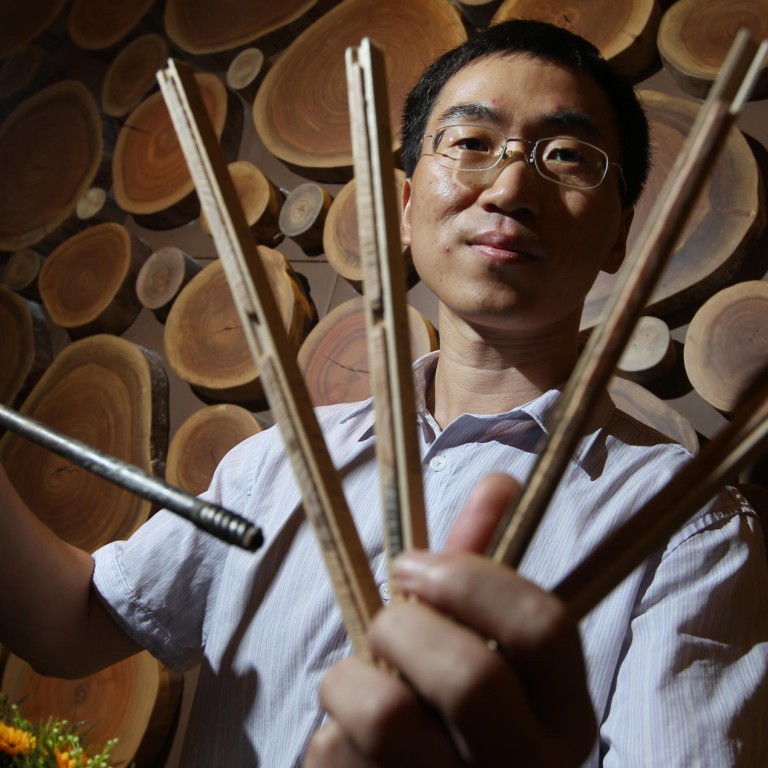
Running rings around the weather
Trees hold the secret to the last seven centuries of the El Nino climate phenomenon, a new study has found
A researcher says he has charted the most accurate picture yet of the El Nino weather phenomenon over the last seven centuries - and it's all based on trees.
Dr Li Jinbao, of the University of Hong Kong's geography department, and his team collected samples of tree rings from 2,200 trees around the world. One of them was 4,800 years old.
They found that El Nino - which brings extreme weather including a reversal of winds across the Pacific, drought in Australia and heavy rain in South America - had appeared more frequently, and with greater ferocity, in the past few decades.
He hoped the new data could help scientists more accurately predict El Nino in the future.
Over the past two decades, Li and his team collected and analysed samples of tree rings from areas sensitive to the phenomenon, such as New Zealand, South America, Central Asia and Indonesia. The oldest tree was a 4,800-year-old bristlecone pine in the southwestern United States.
Li said previous records of El Nino only went back 150 years and were not comprehensive enough. The study was published in the September issue of the journal Nature Climate Change.
"Our records only began after climate change started, so we lacked information on how it worked before that," he said.
Li drew conclusions about El Nino events by measuring the width of the tree rings. During an El Nino event, South America receives more rainfall, so trees there grow faster and their rings will be wider that year. Meanwhile, Southeast Asia would be hit by drought, so trees there have narrower rings.
Li said the width of tree rings became more irregular in the late 20th century, after the Industrial Revolution. He expected more frequent and more severe bouts of flooding and drought in the future. For Hong Kong that means more typhoons of greater ferocity. "El Nino hit every five years 300 years ago, but now it is happening every two to three years," he said, adding that there was a significant correlation between climate change and the increased frequency of the phenomenon.
The last El Nino year was 2010. It can be predicted six months before it hits, but Li hoped his study could help scientists forecast an El Nino event one to two years in advance. One of the worst El Nino event was in 1997-98, when 24,000 people were killed in weather-related disasters and 110 million more affected worldwide. Economic losses were put at over US$100 billion.
